Setting Up Auckland’s Jewish Community
Sarah Oliver
Image: Alexander Turnbill Library
“David Nathan had decided that if the powers-to-be determined that the new capital was to be on the shores of the Waitemata Harbour then he would follow.”
David Nathan’s name in the 1841 Auckland Census; Census book, Police Office, Auckland 1841-1846.
David Nathan was one of the first Jews to move to the shores of the Waitematā Harbour, where in 1841, Captain William Hobson announced the new capital of New Zealand was to be built. A census from the same year had him as one of two Jews in Auckland in 1841, Jews being 1.4% of the town’s population. As the new capital grew, so did its Jewish population, and in 1842, after the arrival of the large Keesing family, it rose to fifteen Jews (dropping to 0.48% overall), large enough for public worship. Auckland’s Jewish community began to form a shared community identity, looking to fulfil their common spiritual needs and requirements in the physical space of the colony. By evaluating what Auckland’s Jewish community viewed as vital steps to set up their new community, we can see what a minority community in Auckland viewed as important. Auckland’s Jewish community in the nineteenth century formed a shared identity and shaped the identity of our city.
The Jewish community grew steadily, mirroring the growing colonial town, quickly gaining a unique group identity. They formed a tight-knit community, connected by a shared religion, but also, as I have discovered, as neighbours, many of the congregation lived in Princes Street and Waterloo Quadrant, close to the Princes Street Synagogue. They were neighbours who were also close in business, choosing to work with other Jewish businesses. Eliot Davis stated in his autobiography A Link with the Past, that his family “were pretty closely connected with L. D. Nathan’s [the firm of David Nathan’s], as father sold them the right, for an annual consideration, to supply our hotels with wine and spirits. … [we were] glad enough to get the benefit of their business acumen by selling them a half share in the Rotorua hotels.”
A Place for Prayer
For a growing Jewish community in Auckland, a primary concern was having somewhere where the community could congregate for prayers on the Sabbath (Saturday) and Jewish holidays. In the early 1840s, the Jewish immigrants of Auckland met at the loft of David Nathan’s Shortland Street store.The Jewish community then gathered in a purposely built room in Nathan’s store before an Emily Place building was leased in 1855 for seven years.When the original seven-year lease expired in 1862, the Congregation bought the building, allowing for alterations and additions, including adding a mikveh (ritual bath). Emily Place was still not ideal with the layout meaning women were seated behind the men instead of following the tradition of women sitting in a gallery above.
Shortland Street 1865, David Nathan’s home and business premises used by the Congregation, is marked. Image from Auckland City Libraries, Reference S.G. Firth Collection 1043-048.
In 1871, Auckland’s Jewish population had risen to 309. The then mayor of Auckland, Philip A. Philips, wrote in the Daily Southern Cross that “the present Synagogue does not meet the requirements of our community, and it is therefore desirable that a new synagogue and minister’s residence be erected.”Auckland’s Jewish community applied to the government for a site for their new Synagogue and were granted an Alten Road site, now a reserve called Constitution Hill. The site was unsuitable for building a traditional east-facing synagogue and was exchanged for a Princes Street site. The foundation stone for the new Synagogue was laid on the 18th December 1884 by David Nathan, and Rabbi Samuel Goldstein consecrated the building on the 9thNovember 1885. A minister’s house, and a mikveh, were built at 6 Waterloo Quadrant for Rabbi Goldstein. The new Synagogue accommodated for the community’s population rise, seating 225 males and 150 females, and was more appropriate for worship with women sitting in a purposely built gallery on the second floor. The Princes Street Synagogue was the spiritual heart of Auckland’s Jewish Community and a magnificent building on a hill above downtown acting as a physical identifier to the Jewish community.
The Jewish Synagogue and Albert Park, Princes Street, Auckland.
Image from Auckland Museum Collection, Reference PH-NEG-C8370.
Public Worship
In addition to a place of worship, the Jewish minyan requirement of ten Jewish men for public worship needed to be fulfilled by the community. The arrival of the large Keesing family in 1842 led the community to attempt an assembly of a minyan, but they could only raise nine men. Luckily it was reported that “a Jewish stranger walked in and thus made the requisite number for a service.” Although not physical, joining together as one congregation cemented the Jewish community of Auckland as one group that shared cultural identity. The next step was to have someone to lead public worship. In the early years, laypeople in the Congregation acted as honorary readers. The Auckland community welcomed their first Rabbi, Reverend Moses Elkin, in 1864, two years after buying the Emily Place Synagogue. Elkin acted as Rabbi until resigning in 1879, with Arthur Hyam Nathan as an intermediate until Reverend Samuel Goldstein arrived and led the Congregation for fifty years from 1880 to 1930.
Interior of Princes Street Synagogue, 1885. Image from Auckland Museum Collection, Reference PH-2019-13-7-7.
Rabbi Samuel Goldstein wearing a tallit (prayer shawl), c. 1900-1915. Image from Auckland Museum Collection, Ref PH-2019-13-5-1.
A Jewish Cemetery
Jewish Section of Symonds Street Cemetery, c. 1870s.
Image from National Library Collection, Reference Hemus & Hanna, 10×8-1036-G.
For the burgeoning community, another need was for a consecrated cemetery to bury their dead in this new land, forming a community identity in the shared physical space. In 1842, the Congregation were granted land in the Symonds Street Cemetery. In 1844, the first burial took place, Catherine Nathan, the six-month-old daughter of David and Rosetta Nathan. In the 1860s, a wooden mortuary chapel had been built in the Jewish section (see the image with the white building standing alone by the cemetery) for the period of vigil over the deceased. A Chevra Kadisha Society was formally established on 12th February 1906 to attend “to the sick and to pay the last rites to the dead.”
A Jewish School
A school was a further critical need for the community to educate Auckland’s Jewish youth, including in the practice of their religion. The Auckland Hebrew School opened in 1865 at the Emily Place Synagogue for fifty-three children before moving to the basement of the new Princes Street Synagogue, where later a schoolroom was added. The schoolroom was further built to have a sliding roof to open the ceiling to the sky, as is used as the Congregation’s Sukkah, a booth for the festival of Sukkot.
A Jewish Wedding
The Jewish community of Auckland faced difficulties in undertaking some traditions of Judaism in this new land. The first Jewish wedding in New Zealand was between David and Rosetta Nathan in 1839 in Russell. In As Old as Auckland (1980), a history of the Nathan family, the author Lawrence D. Nathan observed that a Jewish wedding in the new colony “must have presented some problems to organise,” being “so far from any rabbi or synagogue.” The couple was able to find two witnesses, and David’s business partner, Israel Joseph, acted as celebrant. The couple needed someone with excellent knowledge of Hebrew to write up a Ketubah (a Hebrew marriage contract). Lacking such a person in the colony, David and Rosetta’s Ketubah was carefully copied Rosetta’s first marriage’s certificate.
A Jewish Childhood
When David and Rosetta had their two sons, Laurence (born 1850) and Alfred (born 1852), no one in colonial Auckland could practice circumcision, so Rosetta had to sail twice with each of her new sons to Sydney to have them circumcised. An exception had to be made to their ages, as traditionally circumcision would be undertaken at eight days old, but the babies were much older due to the length it took to sail to Sydney. The first circumcision recorded in Auckland was that of Henry Albert Keesing in 1856. Similarly to Rosetta travelling to Sydney with her sons, Ralph Keesing, in April 1845, travelled independently to Australia for his Bar Mitzvah rite.
The Sabbath
Many in the Auckland Jewish community followed the important custom of the Sabbath in Judaism, a day of rest from work on Saturdays. David Nathan and his business partner Israel Joseph closed their firm on the Sabbath and Jewish holidays. Ralph Keesing had an interaction with Māori where after refusing to accept their debt payment on the Sabbath, they smashed the window of his store and deposited their payment and the cost of a new window. In his autobiography A Link with the Past, Eliot Davis wrote of his family’s religious observance on the Sabbath at home. Passing a silver cup with homemade raisin wine around to sip, his father cut up bread which he dipped in salt to say a prayer over before giving to each child, and his mother lit candles allowing them to burn out.
Kashrut
Kosher meat was unattainable for Jewish people in colonial Auckland. David Nathan reported that he refrained from eating any meat in early years until it was strictly kosher, sticking to a vegetarian and fish diet. Eliot Davis reminisced on an experience of his father, Moss, who, while travelling around New Zealand, was served ham and eggs at a hotel. According to Kashrut, Jews cannot consume meat from a pig, so he threw it in the fire alone to avoid offence. In 1864, the arrival of Reverend Moses Elkin was the first time someone in Auckland was able to undertake the Kosher rites of slaughter. During the ministry of Rabbi Goldstein (1880-1930), a second minister was employed who supervised the killing of meat for the Congregation. On the 11th of December 1873, Mr R. Hellaby was ratified as the seller of Kosher Meat to the Jewish Congregation.
Tikkun Olam
Tikkun Olam is a Jewish tradition of striving for social justice and was essential to the early Jewish community of Auckland. Following the book of Jeremiah, “Seek ye the welfare of your city, for in its welfare shall be your peace.” Life could be hard in the new colony, and minority groups had to look out for each other, with many Jews finding themselves far away from family in England. The Jewish Benevolent Society and Auckland Jewish Women’s Benevolent Society were set up to support the community by attending to the “wants of the sick and needy members of the Jewish faith in the Province of Auckland,” by collecting and distributing funds, clothing, and food.
In the nineteenth century, identity for Auckland’s Jewish community could be forged on many fronts, through physical space and the forming relationships in the sharing of customs. Forming a minyan to meet in the warehouse of David Nathan and later building Princes Street Synagogue created a community identity in shared physical space. Jewish immigrants began community identity through relationships in the Synagogue’s closeness and the sharing of traditions of the Sabbath and festival days. Other areas such as the cemetery and school furthered identity in physical space, educating and burying the community together. They forged a strong community identity within physical spaces and in relationships of shared religious identity. In my next essay, I will look at the tight-knit Jewish community living on Princes Street and Waterloo Quadrant.
Sarah would like to acknowledge the assistance of Jewish Lives in her research (www.jewishlives.nz)
Sarah Oliver’s essay was first published on the Auckland History Initiative website.








